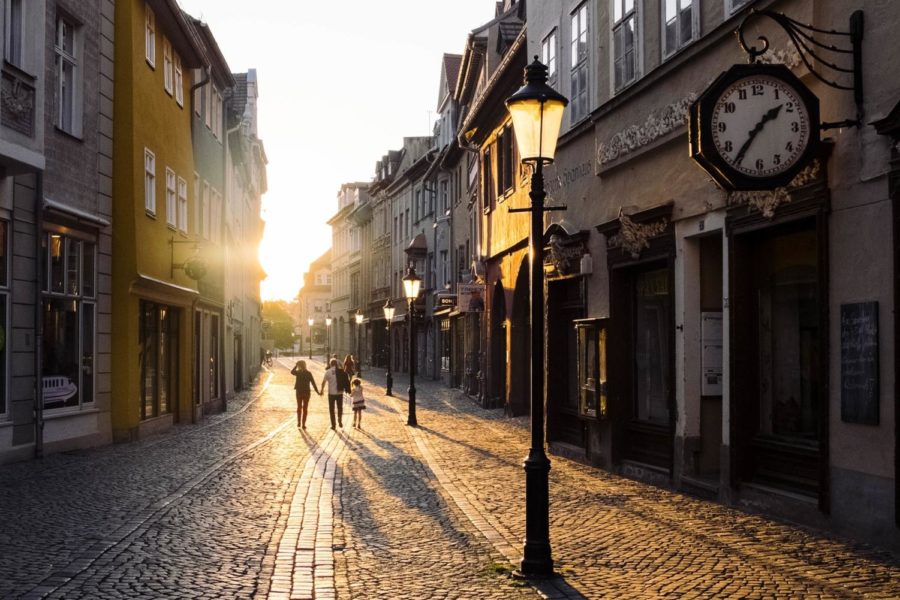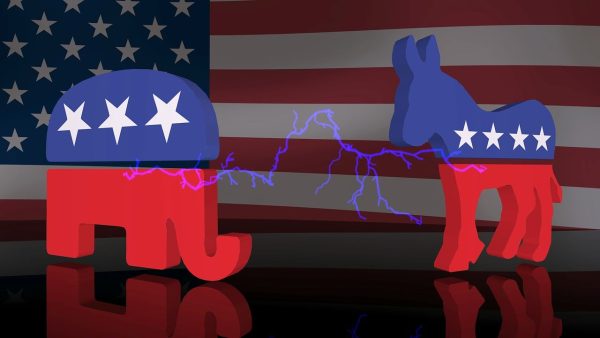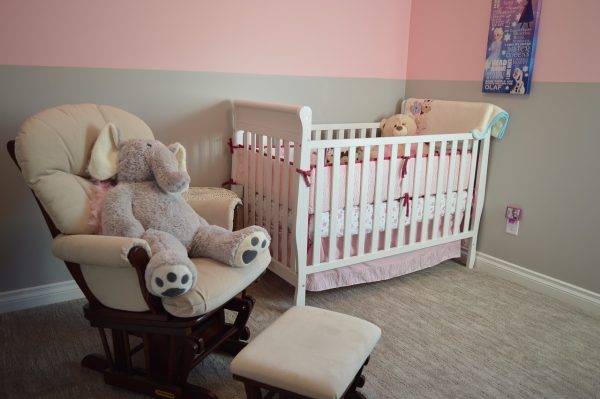The Damage Of Car Dependency: Our Unfit Public Transportation
A good, healthy, and a comfortable community that every one can enjoy is also the one that is sustainable. A community in which a person can get the needed daily necessities they desire, by just walking to a store around the block; a community that is connected by walkways, not roads, where the only form of transportation is just your feet. A community that allows all to be connected, and where everyone knows each other; a community that is full of freedom, one that is made with people in mind. This is what a real community is, the kind of place we need in many areas of the world right now. Happy residents, means a happy and a healthy community. Yet, many people cannot experience it, because there is something stopping the happiness of the community, cars.
In many countries of the world, a car is a necessity and is something that can not be replaced or removed, because without it, people cannot carry on with their daily life. These tasks could be either going to work, getting groceries, or just going to a nearby park.
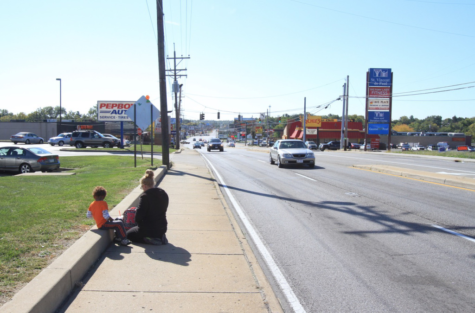 The problem first started when the first mass produced cars got off the assembly lines. Seeing the “usefulness” of a car from getting a person from one place to another, made people think it would be better to base our infrastructure around it. This decision made way for roads, parking lots, and highways. These are parasites that make it impossible for a good community to be made. The roads broke connections, making it unsafe for crossing, parking lots taking up useful space that could be used to construct houses, and more useful building. In all, the problem lies in cars and transportation in general. However, this can all be changed if we were to make neighborhoods more compact, making necessities (ex: stores, groceries) available in sections, instead of spreading them all over the place. The sustainable community has everything a resident may need on their block. Making this scenario happen is not impossible, because many countries have already done it and made their cities a much happier place.
The problem first started when the first mass produced cars got off the assembly lines. Seeing the “usefulness” of a car from getting a person from one place to another, made people think it would be better to base our infrastructure around it. This decision made way for roads, parking lots, and highways. These are parasites that make it impossible for a good community to be made. The roads broke connections, making it unsafe for crossing, parking lots taking up useful space that could be used to construct houses, and more useful building. In all, the problem lies in cars and transportation in general. However, this can all be changed if we were to make neighborhoods more compact, making necessities (ex: stores, groceries) available in sections, instead of spreading them all over the place. The sustainable community has everything a resident may need on their block. Making this scenario happen is not impossible, because many countries have already done it and made their cities a much happier place.
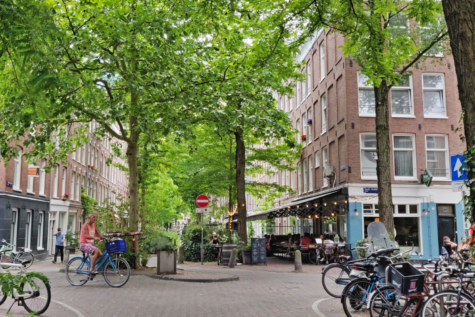 There is also the issue of improving public transport, so we can make roads thinner- the utilization of buses, trains, even better, cable cars! All these will prove to be beneficial for people, as there is more ground space for people to walk around creating motivation for walking, as well as granting building space. New building space means more shops, and areas for people to have fun. A system of transportation is essential to maintaining a healthy neighborhood. The elimination of personal vehicles also increases the number of people who will walk, which would also help with our carbon foot print. Public transport allows people far greater options of transport than cars do, and if maintained properly, it will make everything worthwhile. All of these changes have also been made and are shown to not be impossible, as we already have seen in it a great deal of cities around the world. Let us look at the happiest city from the happiest country in the world, Amsterdam.
There is also the issue of improving public transport, so we can make roads thinner- the utilization of buses, trains, even better, cable cars! All these will prove to be beneficial for people, as there is more ground space for people to walk around creating motivation for walking, as well as granting building space. New building space means more shops, and areas for people to have fun. A system of transportation is essential to maintaining a healthy neighborhood. The elimination of personal vehicles also increases the number of people who will walk, which would also help with our carbon foot print. Public transport allows people far greater options of transport than cars do, and if maintained properly, it will make everything worthwhile. All of these changes have also been made and are shown to not be impossible, as we already have seen in it a great deal of cities around the world. Let us look at the happiest city from the happiest country in the world, Amsterdam.
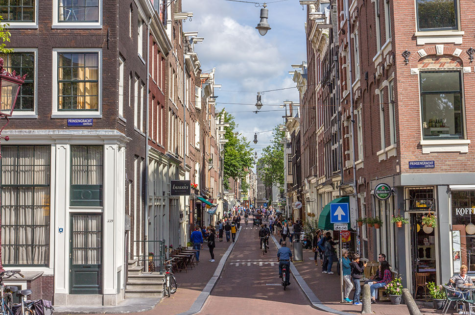
Europe has a lot of great urban planning and a lot of ideal communities for the world emulate. Especially, in the Nordic countries and the Netherlands. The Netherlands is a country ranked in the top 10 of the world happiness countries. It is known to be a happy place, because of its community and care for its citizens. These cities and towns were built for its citizens, focusing on walkability. Their way of transport are bikes, cable cars, but most importantly, their legs. This system makes it safer and connects people, since all the remaining space is used to make parks, bike lanes, parks, and trees. In general, the system makes the atmosphere nicer and less noisy, compared to the sounds of cars passing by. With the care of its residents in the mind, and not the cars, the country is friendlier taking a supportive approach to a person’s life. They don’t need to worry about driving a mile or two to reach a general connivence store to purchase an apple, because everything is right in front of them! Or at least walkable.

